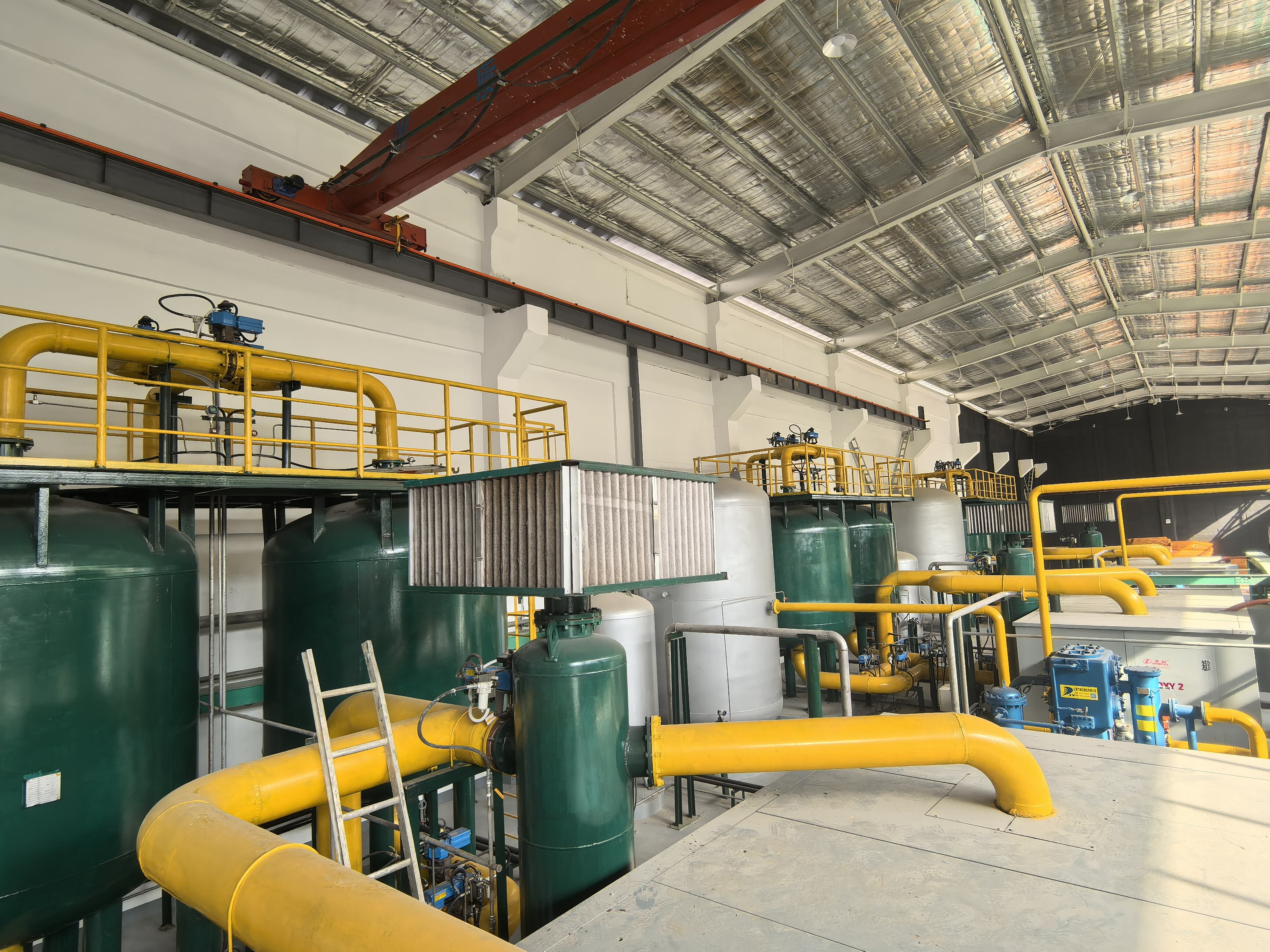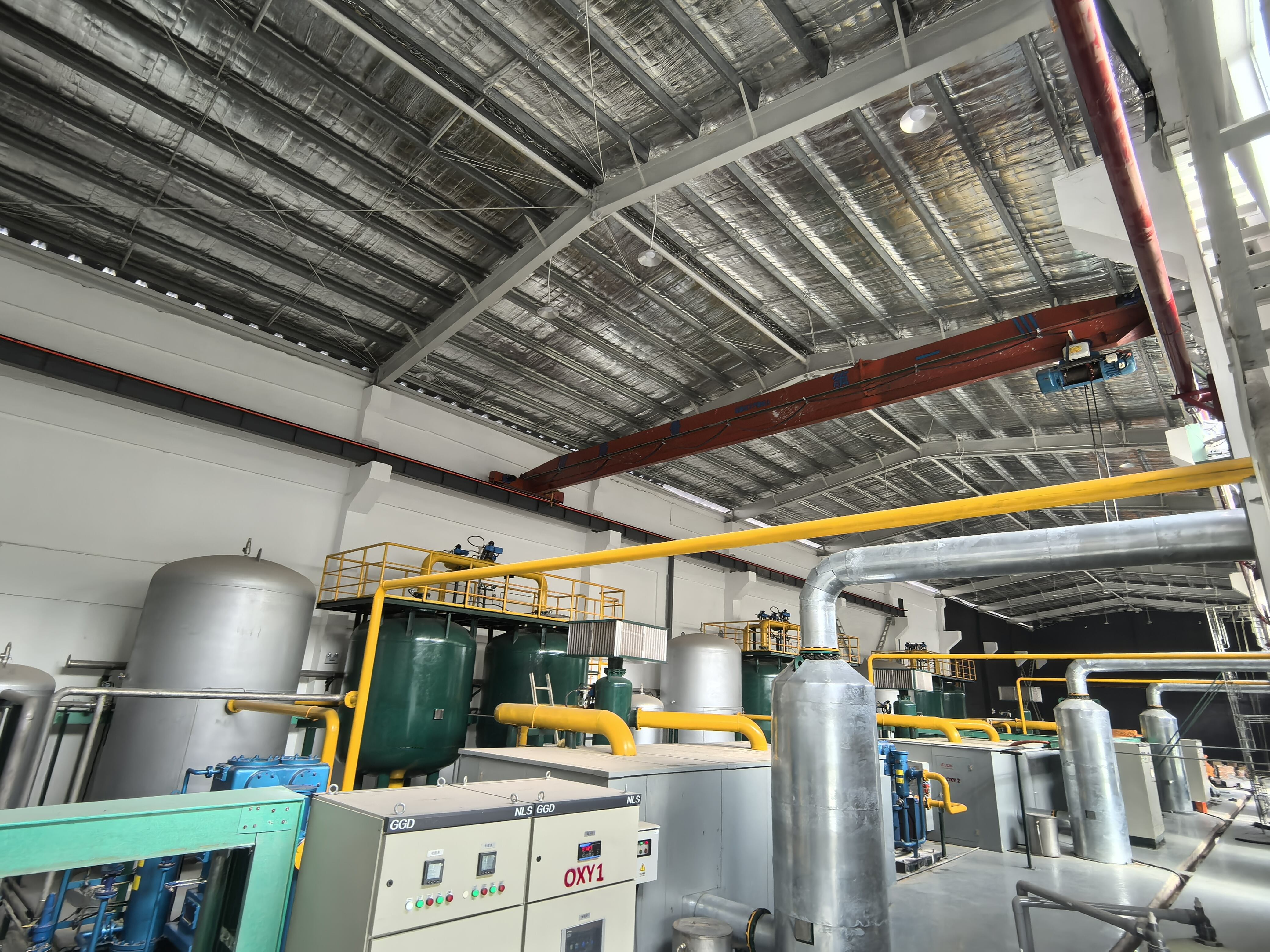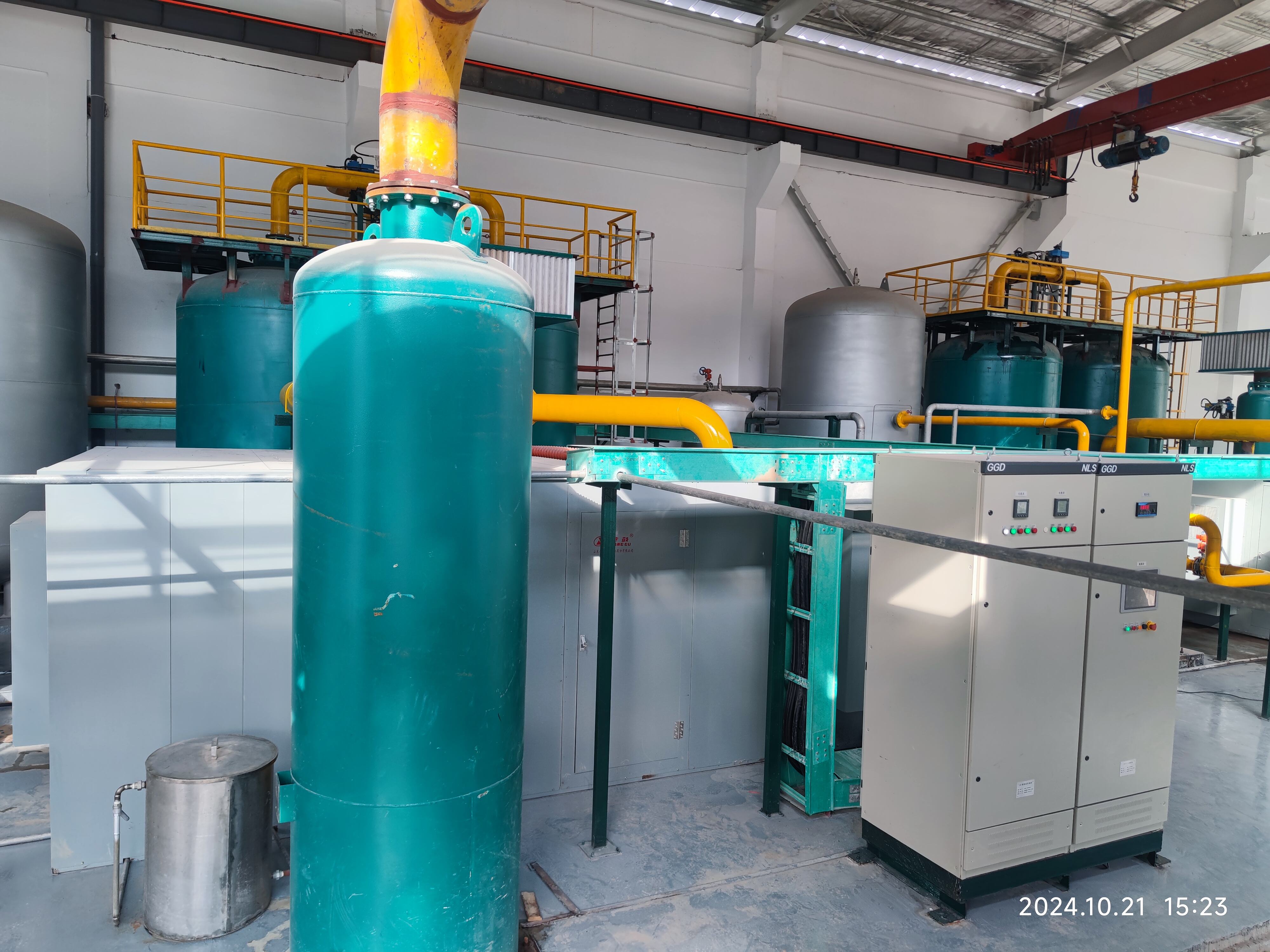oxygen generator vpsa technology
VPSA (Vacuum Pressure Swing Adsorption) oxygen generator technology represents a groundbreaking advancement in oxygen production systems. This innovative technology operates by utilizing specialized molecular sieves to separate oxygen from atmospheric air through a precise pressure swing process. The system works by drawing in ambient air, compressing it, and then passing it through zeolite-filled vessels that selectively adsorb nitrogen while allowing oxygen to pass through. The process alternates between pressurization and vacuum phases, creating a continuous flow of high-purity oxygen. Modern VPSA oxygen generators can achieve oxygen concentrations of up to 95%, making them ideal for various industrial and medical applications. The technology incorporates sophisticated control systems that monitor and adjust operational parameters in real-time, ensuring consistent oxygen output and optimal energy efficiency. These systems are designed with redundant safety features and can be scaled to meet different capacity requirements, from small medical facilities to large industrial operations. The integration of advanced sensors and automation allows for minimal operator intervention while maintaining reliable performance. VPSA technology has revolutionized on-site oxygen generation by offering a more sustainable and cost-effective alternative to traditional liquid oxygen supply methods.


